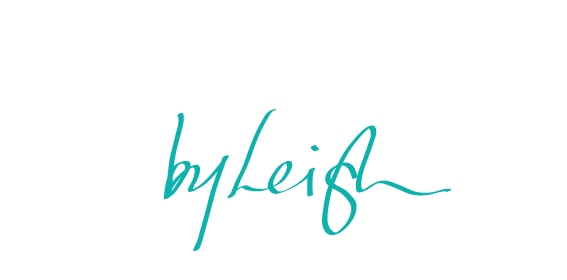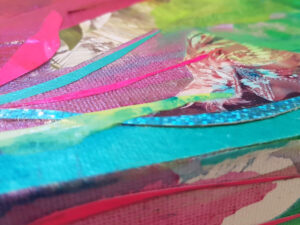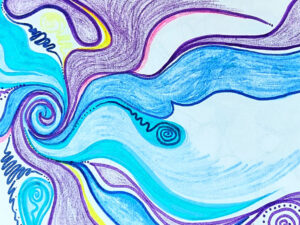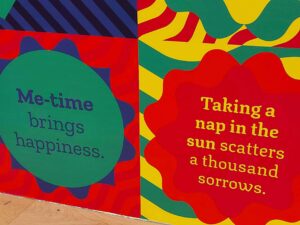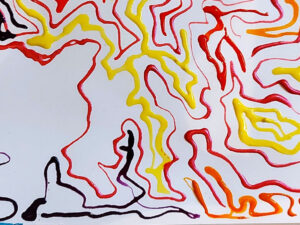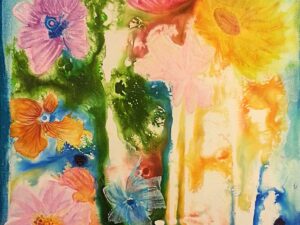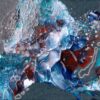
Why User Journey Mapping got booted in favour of doing a Practice Review
When we talked about it in class, I don’t think I was paying as close attention as I should because I thought it sounded like a great idea for what I wanted to do – map the journey curators take to create a exhibition that gets their audience to commit an action.
That may have been a tad naïve.
The Neilsen Norman Group defines User Journey Mapping as –
“A journey map is a visualization of the process that a person goes through in order to accomplish a goal.” (Gibbons, 2018)
Sounds perfect right? But the more I read, the more I think I might be doing some aspects of User Journey Mapping but I will not be adhering to the research method with the diligence that I probably should, so calling it User Journey Mapping might be a stretch.
I will be collecting information about and analysing my ‘users’ actions, thoughts, emotions, takeaways, opportunities and insights, but I will not be detailing every ‘touchpoint’. The curators I plan to approach for interviews are so busy that I’m hoping I can get everything I need in 30 minutes. To do true User Journey Mapping I would need to almost shadow them during the curation of one of their exhibitions. I don’t have time to do that in three months. It’s also highly unlikely that these curators would have a social change exhibition starting and ending just at the right time for me to map their process and turn in my research on time. Not to mention, I have a couple curators in mind to interview. I don’t know yet whether they will agree to be interviewed, but I imagine some type of relationship-building would have to happen before I could get them to agree to something as ‘intimate’ as User Journey Mapping. So just on the grounds of practicality, User Journey Mapping does not seem to fit this project.
In addition to all this, I am struggling to find User Journey Mapping in a non-commercial context. I get the sense that it requires a very specific process to explore and capture every step and decision in the journey. In How to Create a Realistic Customer Journey Map User Journey Mapping is described as
“A graphical representation of all the possible organizational ‘touchpoints’ that customers may encounter during an entire exchange process” (Rosenbaum, Otalora and Ramírez, 2017, pp.145)
The graphical part is definitely on. I will be doing some type of mapping to list the order of actions taken by those who have done this before me. Mapping every touchpoint is the bit that seems unlikely for me. Is a User Journey Mapping, still a User Journey Mapping if there are gaps in the process, or if the process is more of an conceptual overview map than a detailed chart of how things progress to the end result?
By the time Rosenbaum and company started discussing a “vertical axis, which depicts managerially-relevant strategic initiatives that are associated with each touchpoint” (Rosenbaum, Otalora and Ramírez, 2017, pp.146), I tapped out.
Which was ok, because talking about research tools in class a few weeks later, I realised that I was already using a different method, I just didn’t know it – Hello Practice Review!
—
References
Gibbons, S. (2018). Journey Mapping 101. [online] Nielsen Norman Group. Available at: https://www.nngroup.com/articles/journey-mapping-101/ [Accessed 8 Oct. 2019].
Rosenbaum, M.S., Otalora, M.L. and Ramírez, G.C. (2017). How to create a realistic customer journey map. Business Horizons, 60(1), pp.145–146.
